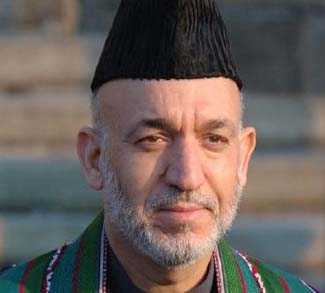Summary
This week’s spectacular attack on a prison in Kandahar demonstrates the Taliban’s reconstitution in southern Afghanistan and presages a violent summer fighting season. NATO and the Afghan army will reduce the Taliban’s capabilities, but the Taliban will remain a robust force until their sanctuary across the border in Pakistan is eliminated – an unlikely event in 2008.
Analysis
This week, the Taliban demonstrated their ability to mount a major assault, and succeed, when they set off two truck bombs in a raid on Sarposa prison in Kandahar city, freeing 1200 people, 400 of whom were their comrades. The Taliban then occupied approximately 15 villages around Kandahar, forcing thousands to flee. The subsequent response by NATO and the Afghan army, who rapidly dispatched 11,000 troops, succeeded in killing roughly 50 Taliban fighters and clearing out the villages. Yet, many of the fighters slipped away towards Pakistan’s lawless North West Frontier Province (NWFP).
This episode presages the heavy fighting season that will surely continue through the summer. The Taliban have reconstituted in the NWFP, a mountainous area where the Afghan-Pakistani border is porous, where NATO and the Afghan army rarely venture, and where the Taliban have been free to recruit, rearm, and reorganize themselves for the past two years. The Sarposa prison episode is only the latest indicator of Taliban strength. Since 2005, insurgent attacks in Afghanistan are up 400% and suicide bombings are up 650%. There were 8,000 conflict-related deaths in 2007. (Iraq suffered 24,000 during the same period.) Moreover, the Taliban profit greatly from Afghanistan’s record opium crops: the country produced 93% of the world’s opium in 2007, all of which was taxed in various ways by the Taliban, as well as local warlords and Mullahs.
Nevertheless, the response of NATO and the Afghan army, dispatching 11,000 troops within 48 hours, suggests that Afghanistan’s central government is capable of mitigating the Taliban’s territorial ambitions. NATO leaders confirm a major summer campaign planned to squeeze the Taliban in the southern provinces, particularly southern Uruzgan and northeastern Helmand. Squeezed or not, until their NWFP safe haven is destroyed the Taliban will be able to use winters to recuperate and reconstitute.
Such logic is not lost on President Hamid Karzai, who recently threatened to send in the Afghan army if Pakistan does not exert control over the NWFP. Yet this sabre rattling is idle, and mostly an attempt by Karzai to boost his nationalist credentials and deflect from his government’s failings (viz.: corruption). The Afghan army is too weak to undertake such a mission. Moreover, given the paralysis and confusion in Pakistani politics, the American 2008 presidential elections and the inherent difficulties of the NWFP (lawlessness, Pashtun tribal loyalties, mountainous terrain), no major assault on the NWFP is likely to occur until 2009. At that time, with more American military participation and a reinvigorated mandate from the American President-elect, NATO would be in a position to attempt a political and military solution to the NWFP Taliban problem.
Ian Speigel is a contributor to Geopoliticalmonitor.com




